April 15, 2020
Canon RF 35mm f/1.8 IS Macro STM | Lens Review
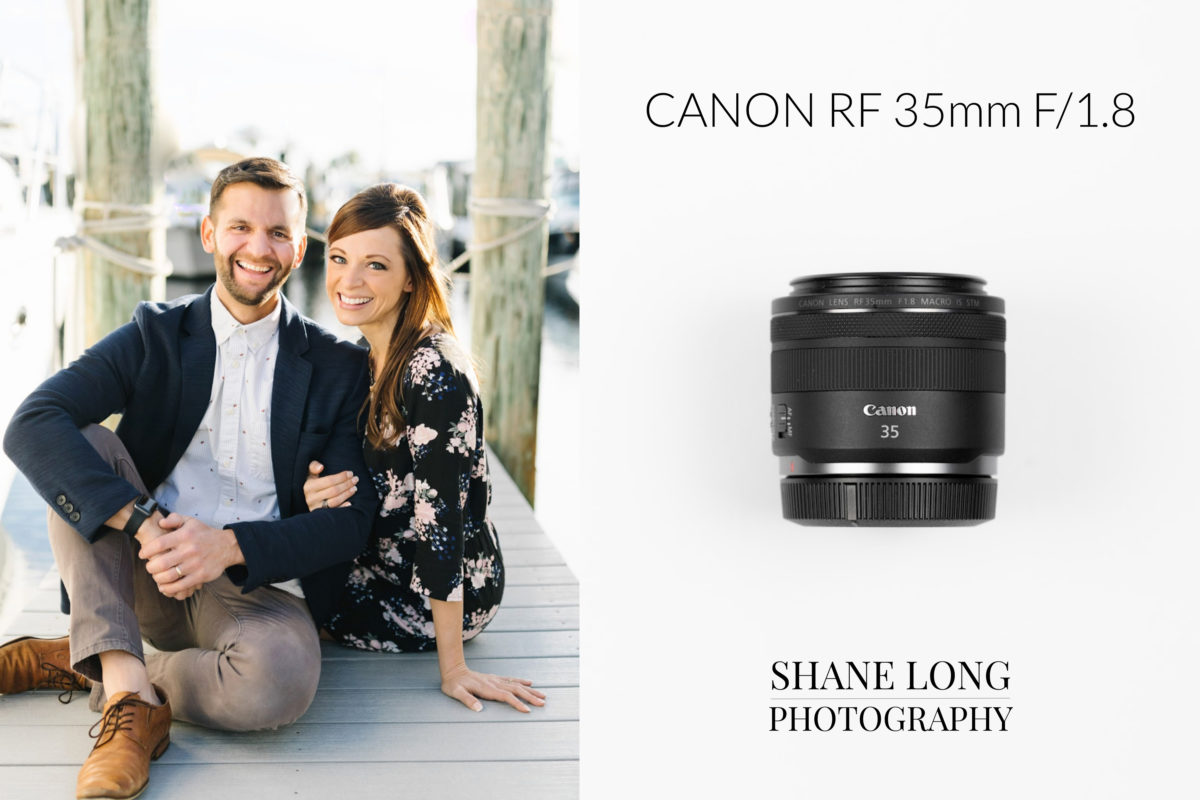
At the time Canon announced their new mirrorless system, one of the first lenses they released was the Canon RF 35mm f/1.8 IS Macro STM Lens. At the time, there were very few online reviews for me to make an informed decision, so I decided to wait a few months before purchasing the lens. Though a $500 risk is relatively low, I typically prefer to read reviews before jumping in on investing in gear. Fortunately, this lens has proven to be well worth its’ price! Small, lightweight, and relatively inexpensive, it has been a fantastic lens to add to my bag for macro shots, travel photography, and as a backup for my Canon EF 35mm f/1.4 L II.
Build
The Canon RF 35mm f/1.8 IS Macro STM lens is small, lightweight, and though it is made of plastic, it does have a nice quality feel to it. The front glass is small which is great in that it is less likely to get damaged. The rear glass is large which is fine since it is protected inside the camera. It doesn’t come with a hood, but the lens does a good job of controlling lens flare and ghosting. The lens itself is slightly larger than the Canon EF 50mm f/1.8 STM lens and, together, they make a great pair for travel photography.
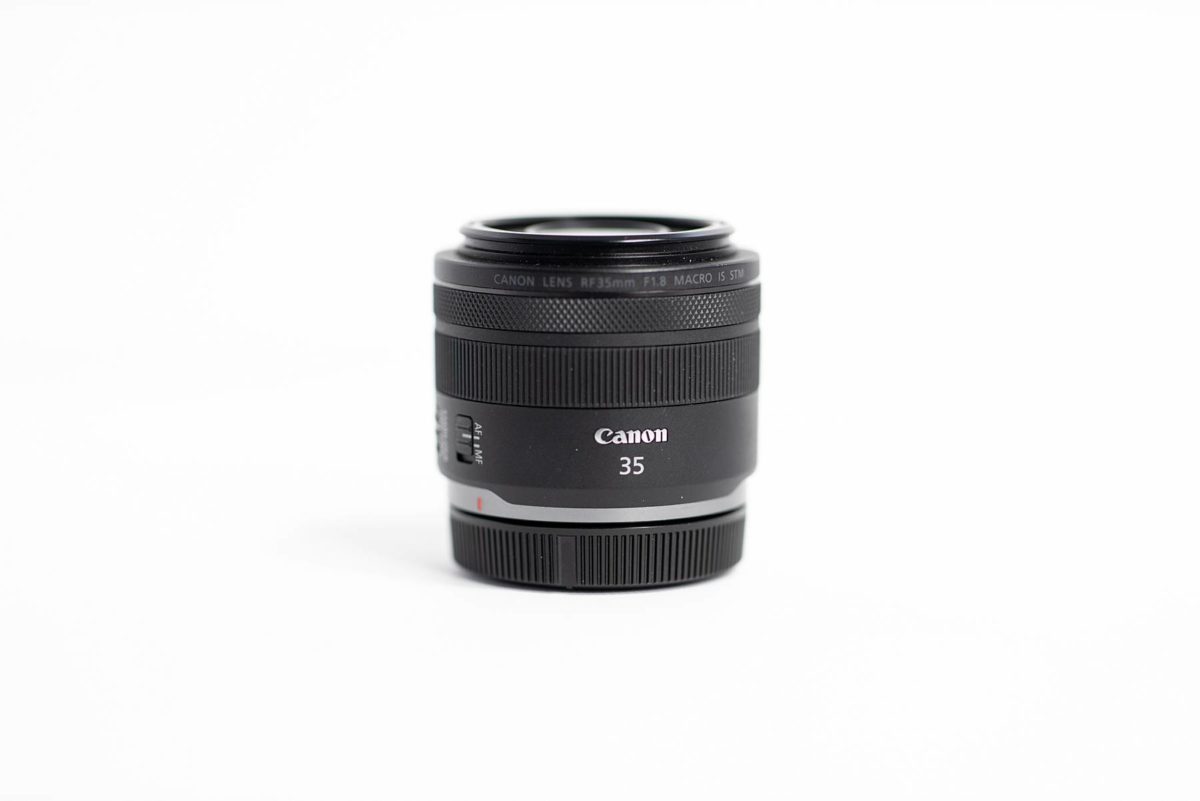
It should be noted that the Canon RF 35mm f/1.8 IS Macro STM lens is not an L series lens; thus, the durability will not be as strong, nor the functionality as smooth. That said, I do find this lens to be of great quality, certainly on par with its’ price. The lens includes the control ring which I have set to ISO. I love having the option to program the ring to ISO, exposure compensation, aperture, and more. The control ring doesn’t have the satisfying click to it that the Canon RF 50mm f/1.2 L lens does, and the same can be said of the smoothness of the focus ring. However, this is expected as the Canon RF 50mm f/1.2 L costs almost $2k more.
When I photograph rings, earrings, and other wedding details with the Canon RF 35mm f/1.8 IS Macro STM lens, I switch to manual focus mode to ensure the focus is exactly where I want it. The focus ring is electronic, and I find that it rotates too slow. I have to make multiple rotations to go from infinity focus to minimum focus. The positive side of this is that you gain precision, but the negative side is that you loose speed. Going into the custom settings of the camera, I tried changing the focus ring to “vary with rotation speed,” but after doing multiple speed tests, neither setting was significantly faster when going from infinity to minimum. Not a huge deal, but something to note.

Image Stabilization
For portraits, I don’t really notice that the image stabilization makes much of a difference since my shutter speed is typically set over 1/125. I find that 1/125 is about as slow of a shutter speed that I can use before I start to get motion blur from my subjects. I was hopeful the image stabilizer would help with macro shots, unfortunately, this is my one big disappointment with the lens. With the lens being a 35mm focal length, I would expect that I would be able to shoot at 1/30 or possibly down to 1/10 of a second with the IS turned on. However, when doing macro shots with the lens mounted on my Canon EOS R, I haven’t been able to take a sharp hand-held photo with any shutter speed slower than 1/80 of a second. My thought is that because the lens is so close to the object being photographed, any hand-shake is greatly enhanced. The IS doesn’t seem to do anything. It could be that I have a bad copy, but I do hear the image stabilizer working when I press the shutter. Again, not a deal breaker, but something to be aware of. When Canon releases their new mirrorless cameras that have in-body stabilization, this will hopefully resolve the issue.

Image Quality
When the lens first arrived, I took it out and did a side-by-side comparison with my Canon EF 35mm f/1.4L II lens. Given that Canon EF 35mm f/1.4L II is three times as expensive as the Canon RF 35mm f/1.8, when it came to sharpness, I was shocked at how similar the images looked. Wide open at f/1.8, the RF 35mm f/1.8 is very sharp in the center and holds up well into the corners. For macro photos, I usually stop down to about f/8 and have found the subject of the photo to be tack sharp!
While bokeh is isn’t a standout feature of this lens, it is certainly smooth enough. When compared to the Canon EF 35mm f/1.4 II, the bokeh from the RF 35mm 1.8 IS is slightly smaller and less smooth. That said, it takes some “pixel peeping” to discover the differences and more than likely, no client would ever complain!
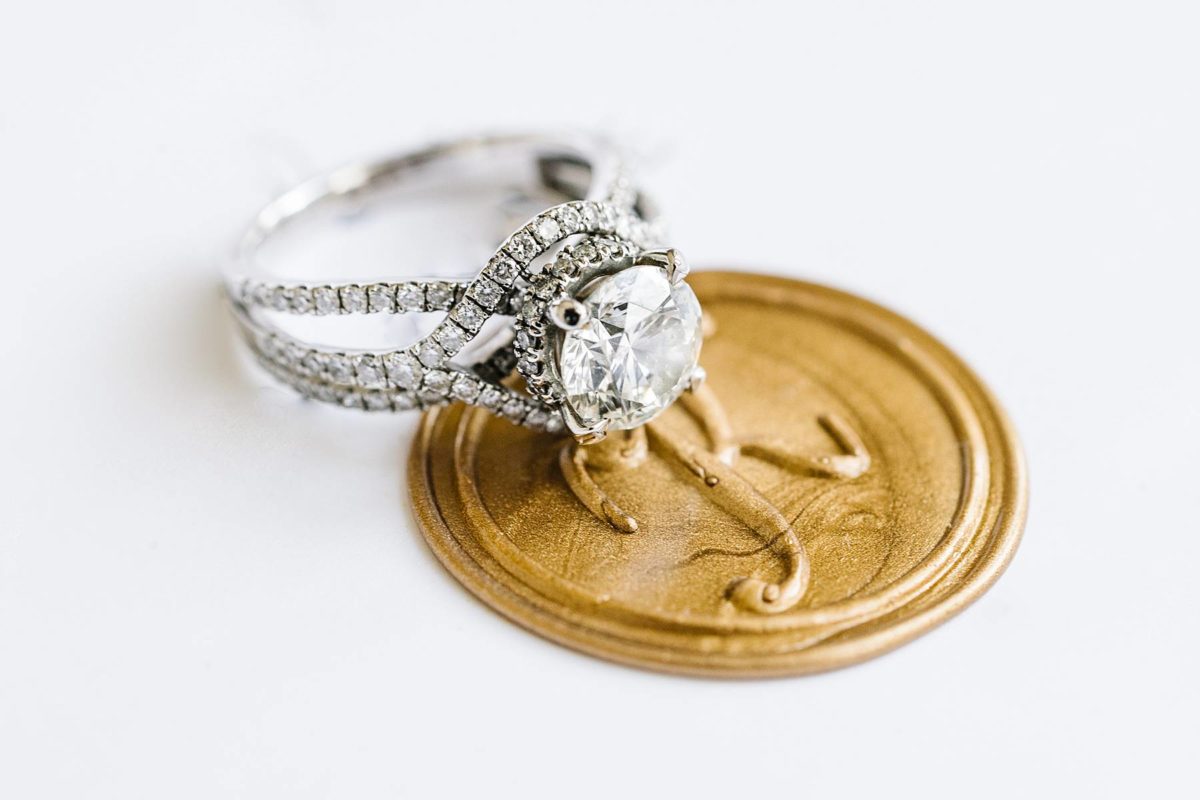
Macro Ability
The Canon RF 35mm f/1.8 IS Macro STM Lens has a magnification ratio of 0.5X. This means that on the sensor, the size of the object is reproduced 1/2 of its actual size. Because of this, you won’t be able to zoom in on an object as close as you would with the Canon EF 100mm f/2.8L Macro IS USM lens which has a true 1:1 ratio. That said, given the 30 megapixels of the Canon EOS R, I have been able to significantly crop my images and the resolution still holds up well. I have found, the magnification ratio of the RF 35mm f/1.8 has been strong enough for wedding photography.
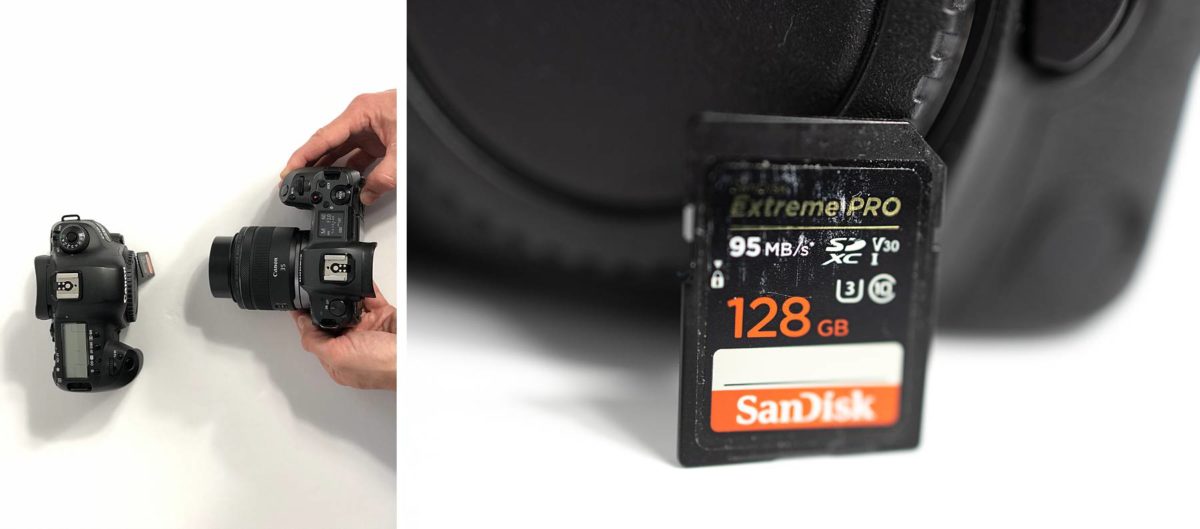
One other note is that because this is a 35 mm lens, I have to get really close to the object I am photographing – so close that the lens often casts a shadow on the object, blocking some of the light. Because of this, I need to be sure that I have plenty of window light when taking these shots and that the way I arrange the objects allows for me to stand in a place that I won’t block any light. On the positive side, because it is a 35mm, the field of view is stretched out rather than compressed. This can be useful in several ways. For example, some rings have engravings such as names or dates inside of them. Because the Canon RF 35mm f/1.8 IS Macro STM lens mildly elongates the plane, it makes it easier to photograph those details.
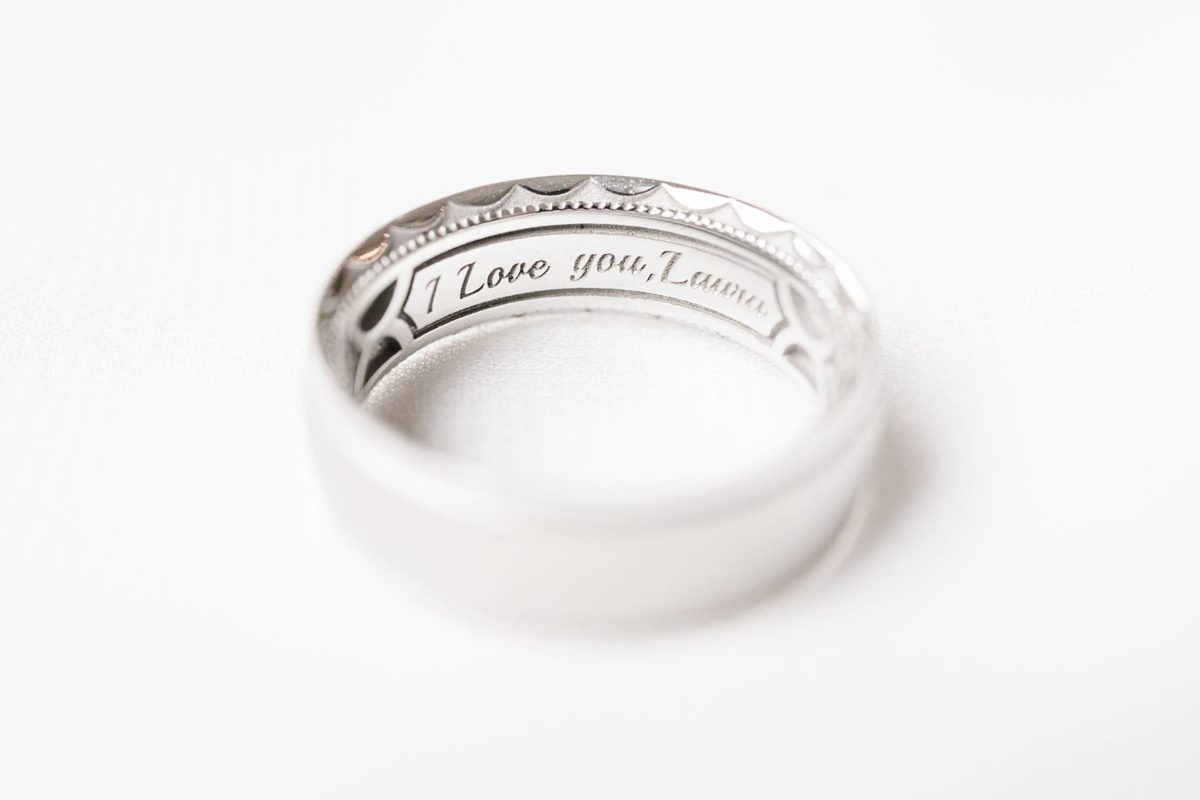
Conclusion
The Canon RF 35mm f/1.8 IS Macro STM lens offers a lot in a little package. It can be used on a wedding day to take photos of details, rings, candids, formal group photos, and context shots of venue and reception spaces. That said, I mostly use it for ring photos and it serves as a backup to my Canon 35 mm f/1.4 L II. It is also my go-to lens to bring on vacation because it is so compact. For photographers who are just getting started in the Canon EOS R system, I highly recommend it!
For a detailed video review of the Canon RF 35mm f/1.8 IS Macro STM lens, check out our YouTube review:
Share post on Social